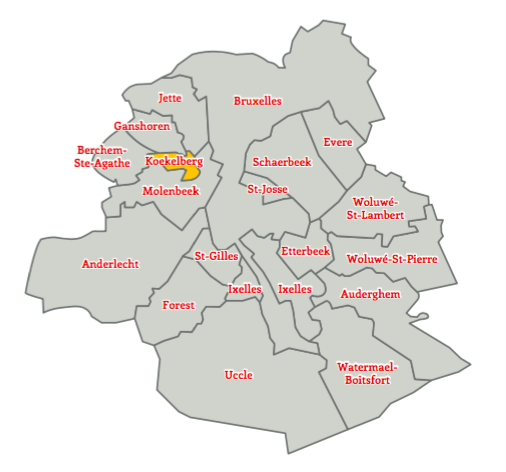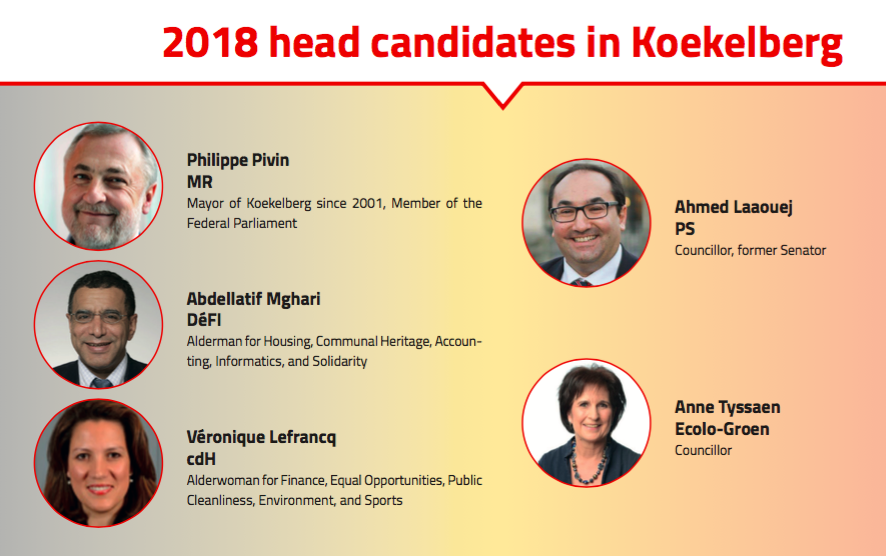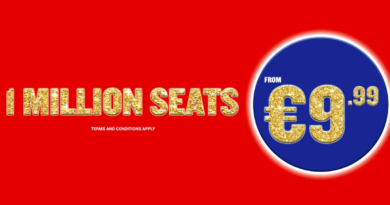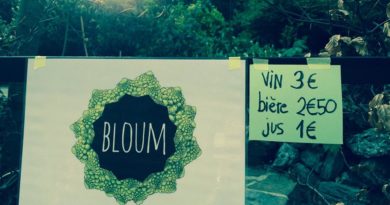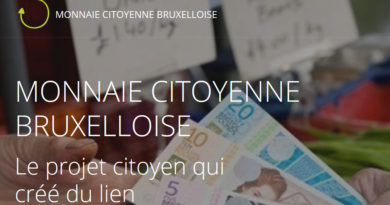2018 Communal Elections: Spotlight on Koekelberg
The tiny commune with a giant church
Koekelberg may be a small commune, but it has a mighty big church. With an area of only 1.2 square kilometers, Koekelberg is one of the most petite communes in the Brussels-Capital Region. But the Basilica of Koekelberg or the National Basilica of the Sacred Heart, which measures about 8,000 square meters, is one of the largest Roman Catholic church buildings in the world.
In 1905, Belgian King Leopold II himself laid the very first stone of the basilica during the 75th anniversary of Belgian independence. The church construction was finally completed in 1970 after surviving two world wars. What makes the basilica even more striking is the Elisabeth Park which surrounds it.
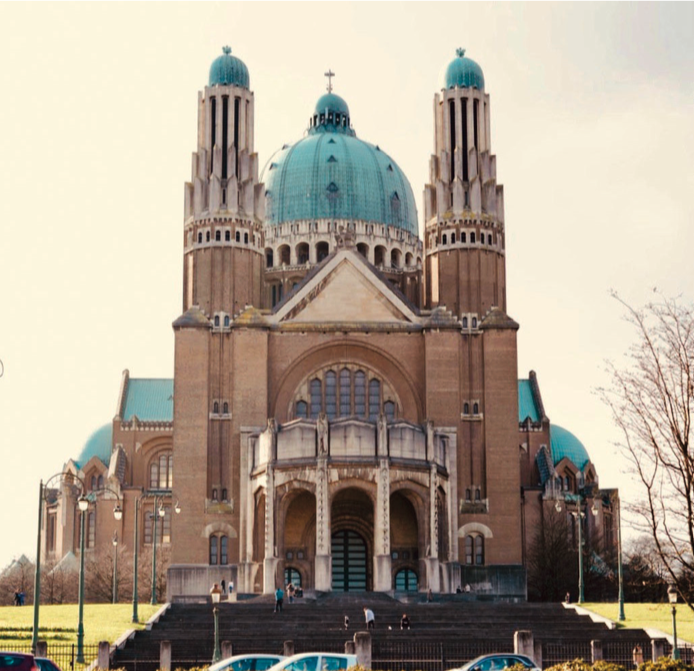
one of the largest church buildings in the world © Aris Setya
Koekelberg is one of the northwestern communes of the Brussels region. With a population density of about 18,000 inhabitants per square kilometer, it is one of the most compact communes in Belgium. Overall, there are approximately 21,609 people living in Koekelberg with nearly 30 percent accounting for non-Belgians. Majority of the commune’s foreign residents are Romanians, French, and Polish.
The population of Koekelberg is composed of middle and low-income households. Over the last decade, this population has been growing bigger, younger, and poorer at the same time. The swelling proportion of children is particularly problematic for a commune where the coverage rate for early childhood care is particularly low or equivalent to only one place per six children. Even social housing supply is considerably less compared to the regional average.
Liberals have been running Koekelberg since the 1970s. The 2012 communal elections resulted in an absolute majority win for the mayor’s list led by liberals from MR (Reformist Movement) and composed of the Democratic, Federalist, Independent party (DéFI), the Humanist Democratic Center (cdH), the Socialist Party Differently (sp.a), the Open Flemish Liberals and Democrats (Open Vld), the Christian Democratic and Flemish party (CD&V), and the Chrétiens démocrates fédéraux (CDF). The Socialist Party (PS) and the Ecolo-Groen alliance remained in the opposition.
The legislature’s initiatives yielded a new daycare center, a newly renovated retirement home, and additional measures to maintain cleanliness in public places such as imposing higher fines on illegal dumpers. The most prominent projects were the construction of the Victoria Sports Center, the opening of the Belgian Chocolate Village, and the creation of a school for circus artists or the Centre International de Création des Arts du Cirque (CirK). On the other hand, residents have complained about having to pay higher taxes.
Where is Koekelberg headed in the next six years? Will MR leaders keep the political upper hand in the commune? In the October elections, they will face off with contenders from DéFI, cdH, PS, and Ecolo-Groen.

